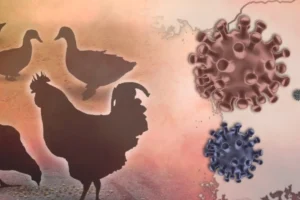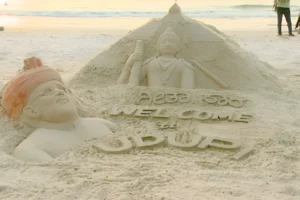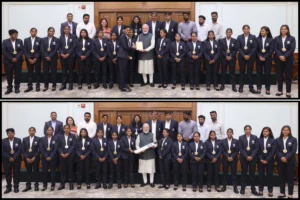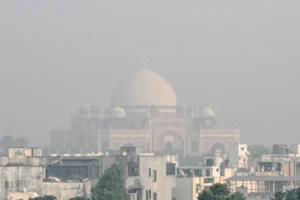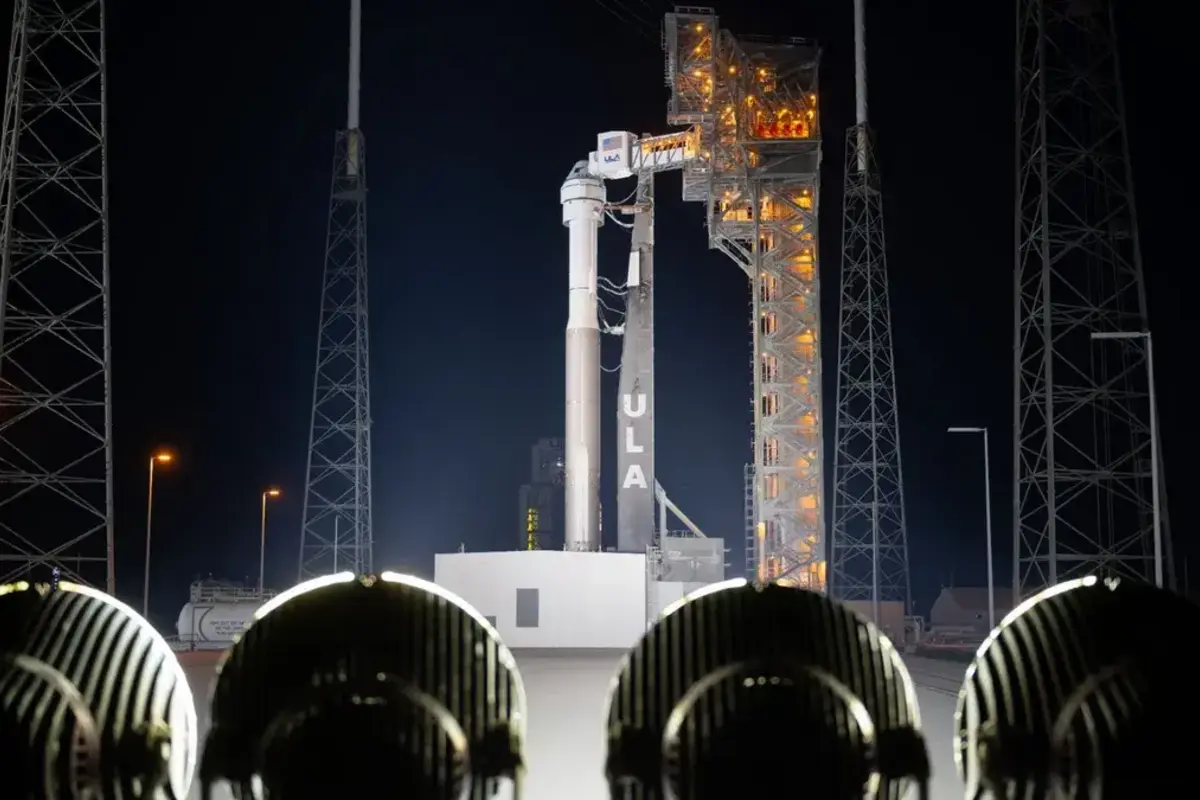
Boeing plans to launch its first crewed space mission in June without repairing a minor helium gas leak on its troublesome Starliner spaceship, officials announced Friday.
The vessel, which has been in development since 2010, has been hampered by technical issues and has yet to complete its mission of ferrying passengers to the International Space Station, allowing Boeing’s competitor SpaceX to move ahead with its Crew Dragon capsule.
Starliner was meant to transport astronauts Butch Wilmore and Sunita Williams to the orbital outpost on May 6, but the mission was cancelled hours before launch due to a malfunctioning valve on the United Launch Alliance rocket carrying it.
Since then, further difficulties have surfaced, including a helium leak in the spacecraft’s service module, which contains the propulsion system.
“Although the rocket valve has been changed, Boeing and NASA have decided to fly to the ISS without repairing a shirt button-sized seal on a leaking joint”, officials informed.
“We can handle this particular leak if the leak rate increases by up to 100 times”, said Steve Stich, manager of NASA’s Commercial Crew Programme.
“Furthermore, it only affects one of the 28 thrusters used to control the spaceship’s attitude”, Stich explained.
Instead, crews will monitor the leak in the hours leading up to the launch, which is slated for June 1 at 12:25 p.m. (1625 GMT) from the Cape Canaveral Space Force Station in Florida.
When asked why Boeing wouldn’t simply replace the seal, Mark Nappi, the company’s vice president for the commercial crew programme, explained that the process would be quite involved and would necessitate disassembling the Starliner at its facility.
Stich said that flying with leaks was not uncommon; space shuttles experienced similar issues at times.
“And we’ve had a couple of cases with Dragon where we’ve had a few small leaks as well”, Stich added.
The long-awaited expedition comes at a difficult time for Boeing, as a safety crisis engulfs the century-old aerospace titan’s commercial aviation division.
NASA is counting on Starliner’s success to meet its objective of approving a second commercial vehicle to transport crews to the ISS, which it has pursued since the last space shuttle flight in 2011.
A successful mission would help to alleviate the bitter taste left by several setbacks in the Starliner programme.
During the first uncrewed test flight in 2019, the capsule failed to rendezvous with the ISS due to a software error. A second software fault may have resulted in a catastrophic collision between its modules, but it was detected and patched just in time.
Then, in 2021, with the rocket on the launchpad for a fresh flight, blocked valves caused another postponement.
In May 2022, the craft arrived at the ISS without a crew. However, other issues such as weak parachutes and flammable tape in the cabin that needed to be removed caused additional delays in the crewed test.
Also read: Papua New Guinea Landslide: 4 Dead And Over 300 Buried
To read more such news, download Bharat Express news apps







